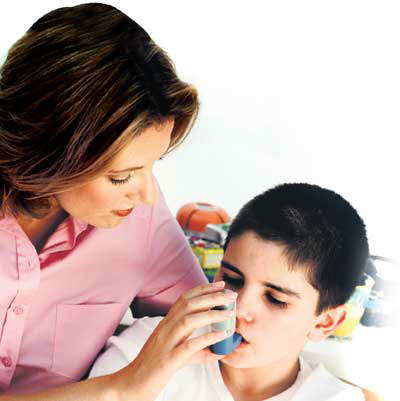Life is uncertain. No matter how healthy you are, everything turns topsyturvy with a heart attack, burn, fracture or a venomous bite. Before taking the patient to a health centre intervention through first aid surely helps to minimise the risk. Here is a guideline as to provide the first aid in such situations.
HEART ATTACK
- Symptoms:
- Pain, discomfort or sqeezing at the centre of the chest.
- Pain radiating to shoulders, neck, back, arms or jaws.
- Stabbing chest pain.
- Palpitation.
- Shortness of breath.
- Nausea, vomiting or severe indigestion.
- Sweating for no reason.
- Dizziness or giddiness.
- FIRST AID:
- Make the victim lie down.
- Call an emergency ambulance service.

- Take an aspirin dissolved in water.
- Place sorbitrate below the patient's tongue. Check whether the patient is breathing. If not provide artificial respiration. The procedure is : Tilt the head and lift the chin. Close nostrils by pinching them together. Take a deep breath and seal your mouth over the victim's. Breathe slowly into the person's mouth- It should take about 2secs to adequately inflate the chest. Do this twice. Check whether the victim's chest is rising as you breathe in. If there is resistance, hold the head further and try to lift the chin again.
BURNS
- Cool the burnt area with running water for several minutes.
- Never apply butter or oil in any burnOver the - counter pain relievers such as ibuprofen or acetaminophen can be used on a mild burn.
- Burns on the face and neck can sometimes swell to cause difficulty in breathing and restrict blood flow. In such a case, call ambulance immediatley.
- While the burn is healing, wear loose natural clothing such as silk or light cotton. Get emergency medical help if the victim experiences dizziness, confusion, weakness, fever or chills, shivering or cold sweats.
CUTS
- Minor cuts should be cleaned with water. Avoid soap.
- Remove dirt or debris in the wound. Apply antibiotic ointment.
- Dress the wound.
- Change dressing daily.
- Apply gentle pressure if bleeding persists.
- Consult a doctor in case of delayed healing of wounds, pus discharge and fever.
- Do not clean a major wound.
- Do not remove deeply lodged debris.
- Do not breathe on an open wound.
- Do not push back exposed body parts.
FRACTURE
- Find out how the accident occurred and the location of the injury.
- Check the pulse.If pulse is not found on arms or legs, the injury requires immediate surgical care.
- Lightly squeeze the fingers or toes near the injury if you are sure those digits are unaffected.Ask the victim what he feels.Loss of sensation is a sign of nerve or spinal damage. In such a case,do not move the victim, get medical assistance immediately.Do not let the victim move until medical help arrives.
- Check for nerve damage by asking the victim to wiggle fingers or toes near the injured region. If the fingers or toes are injured, do not let the victim move them.
- If bone is protruding,cover with clean cloth once bleeding is controlled.
- Do not massage the affected area or straighten broken bone.
- Do not move the victim without supporting the broken bone. Don't move joints above or below the fracture and avoid giving the victim oral liquids or food.
POISONS AND BITES

Animal Bite:
- Wash area with mild soap and warm water for five minutes to remove foreign matter.
- Use pressure to stop bleeding.
- If the wound is swollen, apply ice wrapped in a towel for 10 minutes.
- Cover wound with dressing or bandage.
- Move to safe area.
- Wash the area with soap and water.




















0 comments:
Post a Comment